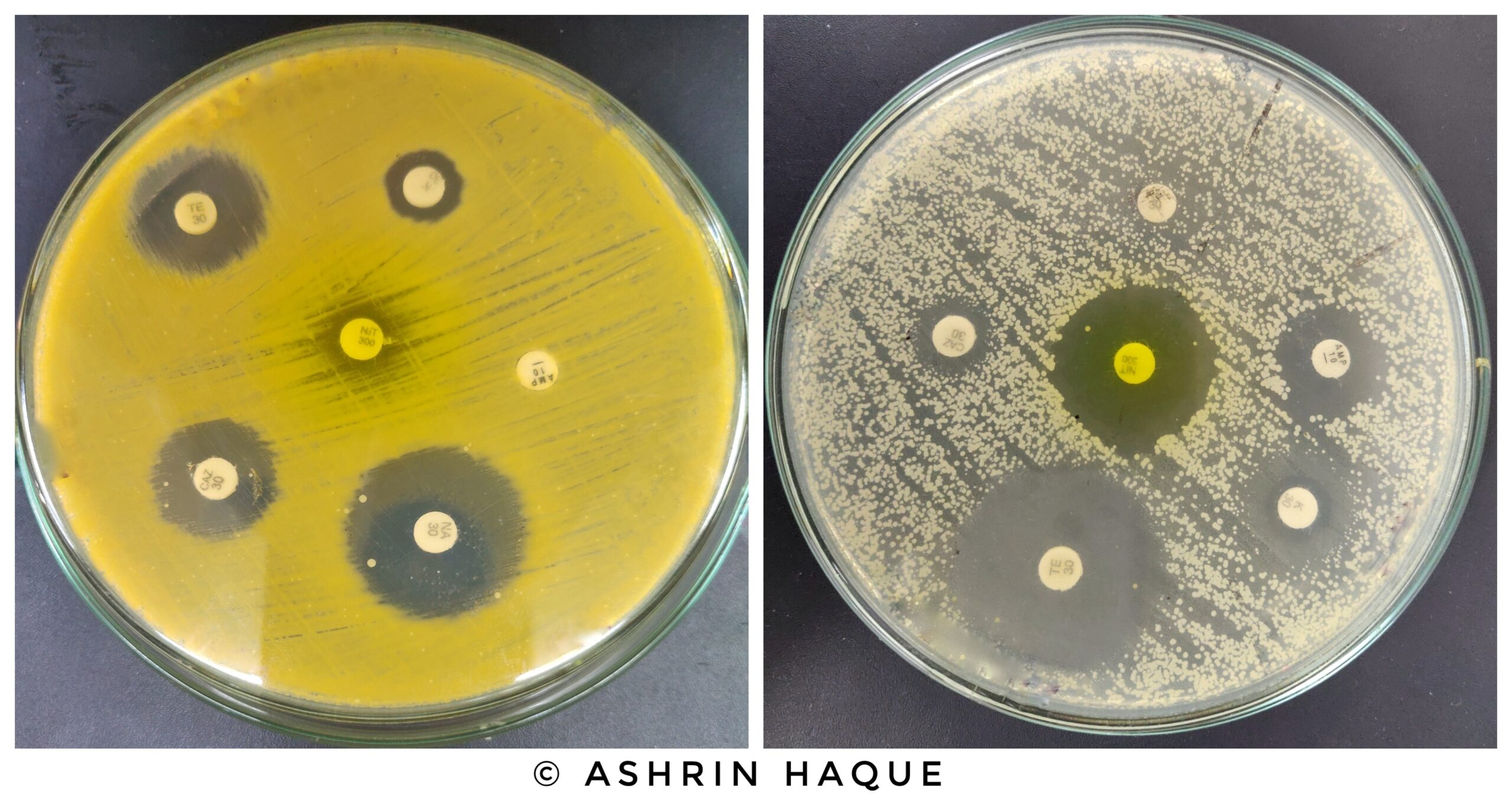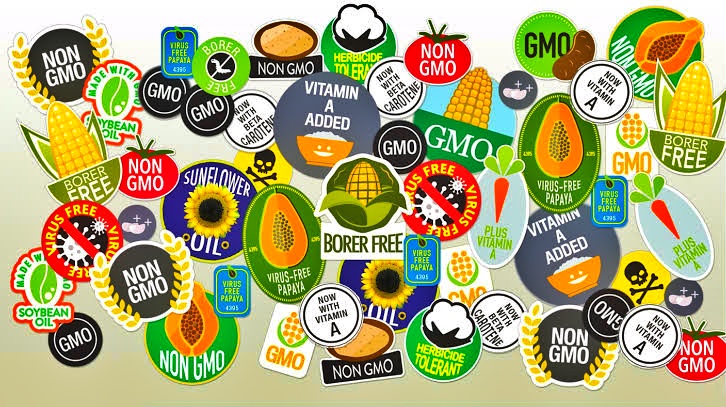Scientifically speaking, cancer is just the “uncontrollable growth of cells that have disruptively failed their genetic program”. However, coming out from this stoical portrayal of cancer, in real life, this disease is way more excruciating than that. Cancer, by and large, crumbles up the patient’s natural rhythm of life. The physical, mental, social, financial horror brought by this disease can only be conceived by its victims, survivors, and their families. Even in this century of technological conquest, cancer remains almost undefeated. With the advancement of medical science, alongside other methods, scientists, and doctors are considering a neoteric treatment for Cancer- Gene Therapy. Gene therapy has clapped eyes on promising modification of harmonious future.
GENE: THE TINY (BUT MASTER) MOLECULE OF LIFE
Gene is substantially a tiny part of DNA that carries protein synthesis. This is the fundamental unit of heredity, and it quotes to generate vital proteins obligatory for life. Genes are passed on from generation to generation, sustaining the attributes of parental generation (What is a gene? 2020). The famous scientist and journalist Matt Ridley wrote in his book- “The Red Queen: Sex and Evolution of Human Nature”, that, “Genes are biochemical recipes written in a four-letter alphabet called DNA” (Ridley, 1993).
GENE THERAPY: A REVOLUTIONARY PHENOMENON IN THE HISTORY OF GENOMICS
We have barely pondered upon how a process occurring in a test tube inside some anonymous laboratory spawns something ground-breaking like Gene therapy. Gene therapy replaces non-functioning or malfunctioning parts of the genome with its functioning complement consequently cropping out the genetic anarchy (Dausad,2020). Gene plays the prime role in every activity occurring within a cell. The defective or detrimentally mutated gene can alter protein synthesis, prescribe wrong coding, accordingly, can give rise to a distorted cell division and impaired body function. Gene therapy can rectify these hurdles at the head start and can restitute the damage already done. For instance, mutated P53 is responsible for various types of cancer in the human body. It activates oncogenesis and DNA damage. With the assistance of gene therapy, defective P53 can be replaced with a performing alternate (TP53 gene, 2021).
HOW DOES GENE THERAPY HIT THE NAIL IN CANCER TREATMENT?
There are diversified complex procedures of gene therapy that are applied in treatment. They depend on cancer cell traits, their source of growth, the endurance capacity of patients, whether patients came down with other chronic diseases, etc. Some prominent practical ways are-
- Tumor protein P53 is generally affiliated with preventing tumor or cancer cells from taking a form. When this protein is misplaced or absent or is nonfunctional due to a mutation, gene therapists try to regulate it via affixing functioning copies.
- Cancer cells often trick the immune system by disguising themselves as body cells. By adjoining specific foreign genes with carcinogenic genes, the immune system can be instigated to identify and attack cancer cells (Kekatos, 2017)
- The therapeutic strategy of a suicide gene is to collaborate autophagy genes in the cancer cell and lead them towards self-annihilation. This is known as Apoptosis (Zarogoulidis,2013).
- Cancer and tumor cells have transportation systems to conduct blood flow and nutrition flow. Modified genes can restrain these cells from building up blood vessels. Thus, they die, being deprived of elements to grow. This process is known as anti-angiogenesis.
- Transfecting therapeutic genes in cancer cells makes radiation therapy, chemotherapy, hormone therapy more efficient. Also, they provide safeguard to normal, vulnerable cells (Samaniego, Estupinan,Guerrero, Hernandez, 2020). Usually, healthy cells are more susceptible to radioactive components than malignant cancer cells. The transfection method is cautious at this matter in an exquisite way.
GENE THERAPY VS RADIATION & CHEMOTHERAPY: WHAT SHOULD YOU OPT FOR?
Chemotherapy and radiation therapy often cannot distinguish between cancer cells and healthy cells. They end up working on both. As a result, a long time of damage occurs to the body, including the heart, lungs, blood vessels, kidneys, and external organs. Drugs of chemotherapy travel through nerves, damage them and as nerve cells can’t reproduce again, patients may come down with cognitive disorders, memory loss, partial paralysis. In this case, gene therapy works a lot more specifically. They work particularly on the target cells, so the least normal cells are harmed. Moreover, gene therapy doesn’t have a radioactive effect on the body. So gene therapy has better safety with endurable antipathetic effects (Chemotherapy side effects, 2020).
IS GENE THERAPY A DOUBLE EDGED SWORD?
As gene therapy is a comparatively modern concept and still not widely applied, many side effects are still obscure. Mild symptoms like cold, fever, nausea, low blood pressure can be seen. But it is assumed by many scientists that modified genes, in the future, can alter healthy cells, redesign their innate traits, thus leading to other unknown incurable diseases. Since genes generate codes of protein synthesis, inadvertent mistakes may guide the production of toxic amino acids consecutively toxic proteins. It is also feared that the deleterious effects can pass on genetically from parents to their offspring.
DO PATIENTS HAVE TO PAY THE EARTH FOR GENE THERAPY?
Despite having high potential and a high probability of success, gene therapy is highly costly, making it out of reach for almost everyone but the 1% millionaires. The price of gene therapy treatment can range from $373,000 to $1 million or more (Sanchez, 2017). This therapy needs to go through in-depth research and development procedures along with exorbitantly high-priced tools; so, the hefty price naturally increases. One of the main reasons gene treatments are so expensive is that very few patients’ recourses to this due to miscellaneous limitations. If there were more grants and investments, a standard system could have been built, and prices would come down to a tolerable stage. We hope one day this adjuvant technology will be within everyone’s reach.
Cancer cells’ working ground is Gene, so it should be fought back through the genetic process. Even though the success rate of gene therapy in cancer isn’t yet so bewildering but it does have bewildering possibilities. Gene therapy has flexible ways of dealing with cancer cells. It can destroy them outright or uproot cancer development by making the hazardous mutation retrogress (Dausad, 2020). Scientists hope that this therapy will open new doors and take us a thousand steps ahead of fighting mankind’s most inimical disease- Cancer.
References:
- Chemotherapy Side Effects. (2020). Retrieved from https://www.cancer.org/treatment/treatments-and-side-effects/treatment-types/chemotherapy/chemotherapy-side-effects.html
- Dusad, V. (2020). Gene therapy vs Cancer: A promising yet challenging road. Retrieved from https://oncobites.blog/2020/03/24/gene-therapy-vs-cancer-a-promising-yet-challenging-road/
- Kekatos, M. (2017). Cancer cells DISGUISE themselves by switching off genes so they can easily spread, new research reveals. Retrieved from https://www.dailymail.co.uk/health/article-4365006/Cancer-cells-disguise-switching-genes.html
- Mullin, E. (2017). Tracking the cost of gene therapy. Retrieved from https://www.technologyreview.com/2017/10/24/148183/tracking-the-cost-of-gene-therapy/
- Samaniego, M.H., Estupinan, D.M., Guerrero, O.M., Hernandez, E.A., Hernandez, M.I. (2020). Strategies for targeting gene therapy in cancer cells with tumor-specific promoters. Retrieved from https://www.frontiersin.org/articles/10.3389/fonc.2020.605380/full
- TP53 Gene. (2021). Retrieved from https://medlineplus.gov/genetics/gene/tp53/
- What is gene? (2021). Retrieved from https://medlineplus.gov/genetics/understanding/basics/gene/
- Zarogoulidis, P. (2013). Suicide gene therapy for cancer- Current strategies. Retrieved from https://pubmed.ncbi.nlm.nih.gov/24294541/#:~:text=Suicide%20gene%20therapy%20is%20a,the%20herpes%20simplex%20virus%2Fganciclovir
“Since the article has been written to reflect the actual views and capabilities of the author(s), they are not revised for content and only lightly edited to be confirmed with the Learn life sciences style guidelines.”










Excellent writing!
Hope to see more writings in future.
Excellent writing 💯Keep going girl😘
I simply wanted to thank you so much once again. I do not know the things that I would’ve implemented without the tactics shared by you regarding my question. Entirely was a frightful concern in my opinion, however , observing the very specialised form you treated it took me to jump for delight. I will be thankful for this advice and hope you comprehend what an amazing job you have been accomplishing educating many others thru your webpage. I’m certain you have never met all of us.
What i don’t understood is in fact how you are now not really much more neatly-liked than you might be now. You are so intelligent. You know therefore considerably when it comes to this matter, made me in my opinion imagine it from numerous various angles. Its like women and men don’t seem to be interested except it is one thing to do with Woman gaga! Your personal stuffs excellent. Always maintain it up!
This actually answered my drawback, thanks!
I believe you have noted some very interesting points, thanks for the post.
Wow, great blog.Really thank you! Really Great.
I must thank you for the efforts you have put in writing this blog. Im hoping to check out the same high-grade blog posts from you in the future as well. In fact, your creative writing abilities has encouraged me to get my own, personal site now 😉